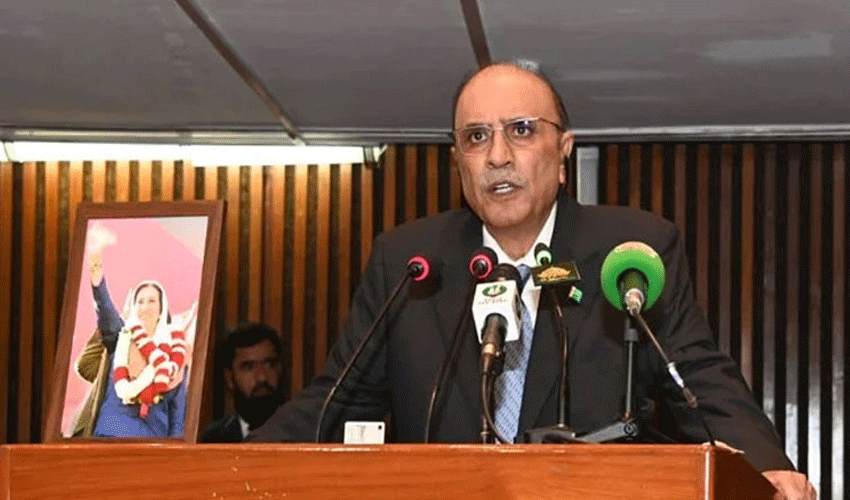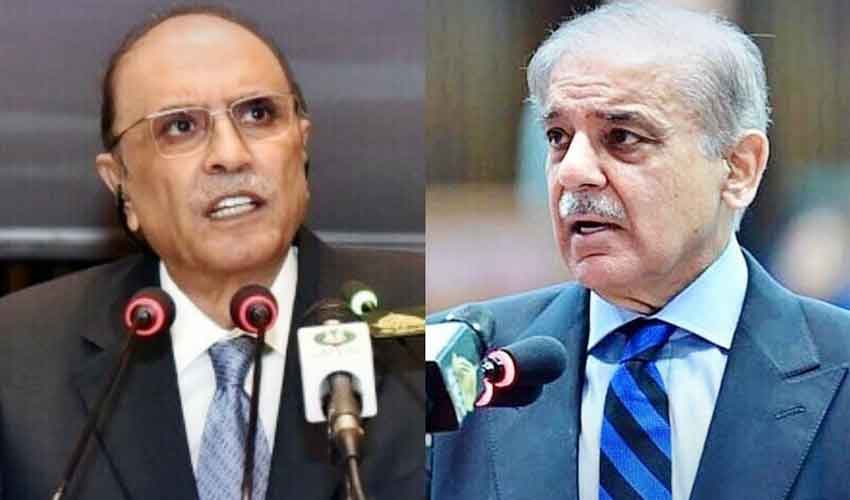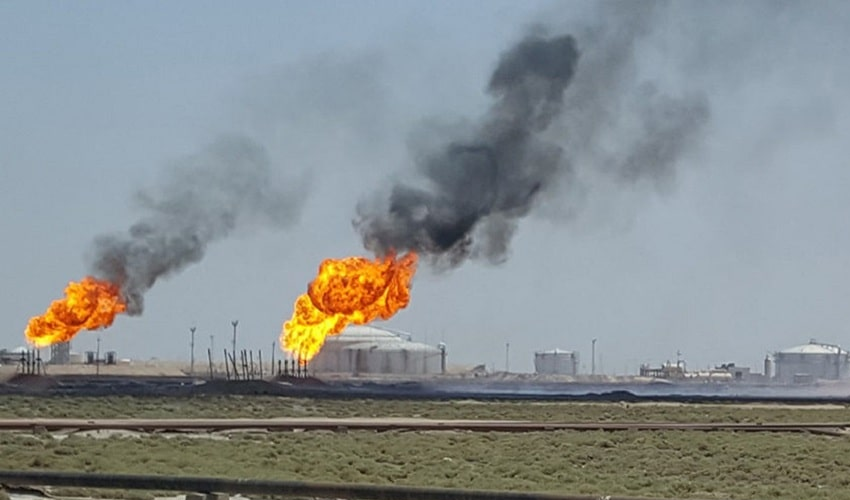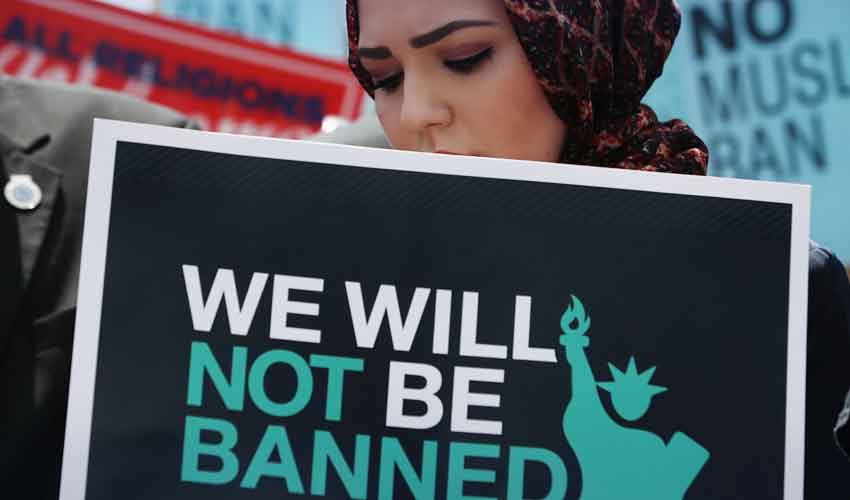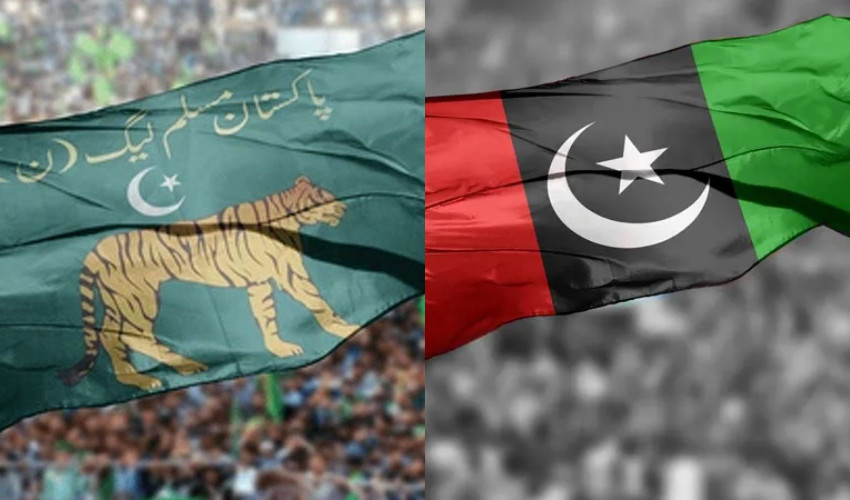Pakistan's financial situation remains precarious despite an improvement in the foreign exchange reserves, with the National Assembly's Standing Committee on Finance told that the country requires $100 billion in external financing over the next four years. In addition, an extra $12 billion will be needed in the next three years to address ongoing economic challenges.
The International Monetary Fund (IMF) is expected to provide $7 billion, while another $5 billion will be sourced from commercial banks and various other financial institutions. Furthermore, the country will need to roll over loans from key allies, including China, Saudi Arabia, and the UAE in the coming years.
The committee was told that in the last five years, there was an average annual increase of 14% in loans taken. Despite receiving the proposed new bailout package of $7 billion from the IMF, Pakistan's external financial woes will not ease.
Ministry of Finance officials informed the standing committee about the future roadmap. In the in-camera meeting, Finance Minister Muhammad Aurangzeb briefed the committee on the stringent conditions attached to the proposed $7 billion bailout package from the IMF.
He outlined a roadmap that indicates a continuous struggle to secure additional financing, with the IMF estimating that $12 billion must be acquired by 2027-- $7 billion from the IMF and $5 billion from other channels, including commercial banks.
Also Read: Pakistan will have to pay Rs49 trillion in local loans by 2030
Minister of State for Finance Ali Pervaiz Malik noted that Pakistan's debt management will be critical, with the need to address $100 billion in debt over the next four years. Loans from China, Saudi Arabia and the UAE will also have to be rolled over in the coming years.
The country’s foreign exchange reserves have increased from $3 billion to $9.5 billion, which only covers two months’ worth of imports. Despite a decrease in the debt-to-GDP ratio -- from 75% to 65% -- the external account remains unstable.
The meeting was also told that over the past five years, government debt has risen by an average of 14% annually, with total loans increasing from Rs36 trillion in fiscal year 2020 to Rs71 trillion in fiscal year 2024. Of this, 66% is internal debt, while 34% is external. In the last five years, the debt-to-GDP ratio has come down from 76.6% to 67.2%, which is the lowest rate in five years.
Current financial obligations include external payments totaling $18.83 billion for this fiscal year, with additional repayments scheduled through 2029, including $9.23 billion in 2026, $8.71 billion in 2027, $7.68 billion in 2028 and $6.88 billion in 2029.
The government is also faced with repaying deposits received from friendly nations.
Ali Pervaiz Malik also told the committee that the first economic review will be held six months after receiving the first instalment of the new loan of $7 billion from the IMF.
Committee member Omar Ayub Khan said that due to the geopolitical situation, the dollar may become expensive, and oil prices increase in the coming days. The upcoming circumstances cannot be countered from the foreign exchange reserves of $9 billion.
Hina Rabbani Khar expressed concerns about the lack of a long-term economic policy due to which the country's economy is constantly in the "ICU". Officials from the Ministry of Finance confirmed that efforts are underway to formulate a sustainable long-term economic strategy, emphasizing the need for stability in Pakistan's financial landscape.







